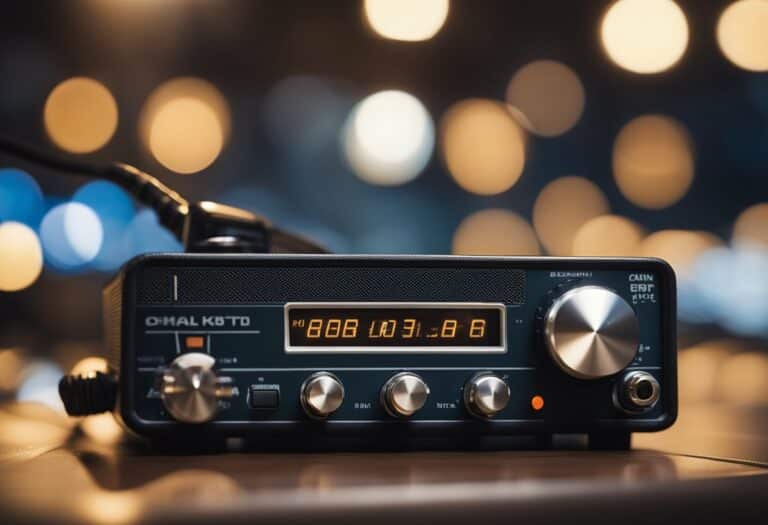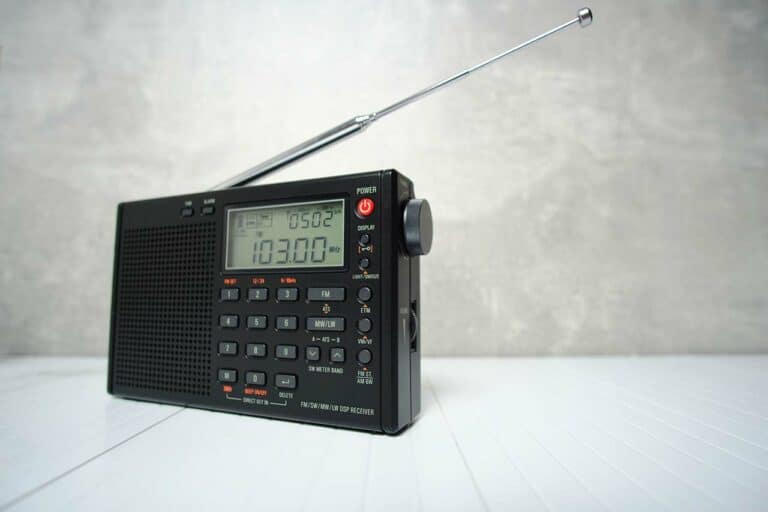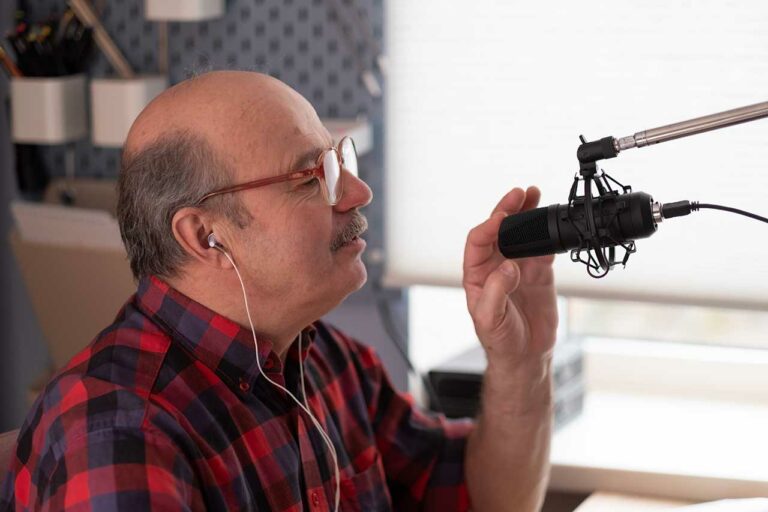How Does A Walkie Talkie Work? (Basics Explained)
Walkie-talkies: those must-have gadgets for communicating when you’re out of cell phone range or facing an emergency situation. But have you ever wondered how these nifty devices actually work? Let’s find out.
The Basics Of Walkie-Talkie Function
Walkie-talkies are battery-powered transceivers, which means they can both send and receive radio messages. They operate on half-duplex channels, so only one walkie-talkie on a channel can transmit a signal at a time, while many radios can receive that same signal. When you hold a walkie-talkie up to your face and press the talk button, you’re effectively turning the device into a transmitter, while releasing the button switches it back to a receiver.
The speaker and microphone in a walkie-talkie function similarly to an intercom, using a single device to do both jobs by switching the electrical circuit it’s connected to. As you explore the wilderness, keep up with your team during an event, or stay safe and connected during an emergency situation, like a power outage, the science and technology behind these devices make communication possible.
Components of a Walkie-Talkie
A walkie-talkie is a pretty simple device, but it’s essential to understand the main components that make it work. Here’s a breakdown of the key pieces and what they do.
First up is the antenna. This vital part sends and receives radio signals, allowing you to communicate with other walkie-talkies. Some models have fixed antennas built into the device, while others have detachable ones that you can swap out for different options depending on your needs. With a swap, you can even extend the range of your walkie by adding a more powerful antenna.
Next are the receiver and transmitter. These two parts work hand in hand to transmit your voice and receive incoming audio. When you push the “push-to-talk” (PTT) button on a walkie-talkie, the transmitter springs to life, sending your message via radio waves. The receiver, on the other hand, picks up incoming signals, allowing you to listen in on conversations while the PTT is NOT pushed.
The battery is the lifeblood of your walkie-talkie, providing power to all the other components. Some devices use standard batteries, while others come with rechargeable battery packs. Either way, make sure to keep extra batteries handy, so you’re ready to chat in an emergency.
The microphone and loudspeaker of a walkie team up to handle the audio side of things. In many walkie-talkies, the speaker doubles as the mic, due to their similar construction – a coil of wire, a magnet, and a paper or plastic cone. To speak, you simply hold the device up to your face, push the PTT button, and chat away. Just remember to release the button to hear any incoming messages.
Finally, there’s the circuitry that connects all of these components together, along with some extra features like an LCD display or buttons to adjust settings. The circuitry ensures smooth communication and helps keep you connected.
Capabilities and Functions
Walkie-talkies are handy devices for quick communication when phone lines or cellular service isn’t available. Now, let’s talk about capabilities and functions.
A walkie-talkie operates in half-duplex mode, meaning you can either send or receive messages, but you cannot do both at the same time. While you’re not pressing the button, your walkie-talkie stays in the receiving mode as long as it’s on.
Pressing the push-to-talk button activates the transmitter, allowing you to speak into the speaker and microphone to send your own message.
Walkie-talkies have various channels that operate on specific radio frequencies. You can switch between channels to find an open one for communication or use preassigned channels for specific purposes. To speak to a particular person, you and your communication partner must be on the same channel.
Your walkie-talkie’s range depends on the terrain, weather conditions, and other factors. In open areas with minimal interference, you can communicate over several miles. But in urban areas or forests, expect a shorter range due to obstructions.
Enhance your audio experience with the volume and squelch controls. Adjust the volume to your comfort, and use the squelch to reduce background noise when no signal is being received.
Basically, a walkie is both a broadcast communication device and a direct communication device. Anyone tuned to the channel within range can join your conversation, but they are also good for person-to-person communication.
Walkie-Talkie Communication Technologies
Two-way radios, or walkie-talkies, are quite amazing devices that allow easy communication using radio signals. They’re part of the whole electromagnetic spectrum and work in the frequency band.
When using one, you’ve got a bunch of different frequencies to work with – mainly VHF (Very High Frequency) and UHF (Ultra-High Frequency). UHF typically can work through walls since their wavelengths are shorter, while VHF might struggle a bit more.
A key thing to remember is that walkie-talkies operate in half-duplex mode. This means you can’t talk and listen at the same time. You have to push to talk (PTT), and then release the button to hear. This is different from a cell phone, for instance, which are full-duplex, meaning you can hear and be heard at the same time.
When it comes to filtering out interference, your walkie-talkie might use one of a couple of technologies like CTCSS (Continuous Tone-Coded Squelch System) or DCS (Digital Coded Squelch).
- CTCSS: Lets multiple groups use the same frequency without interfering. Each group would have a unique tone. Your walkie-talkie only receives signals with the correct tone.
- DCS: Similar to CTCSS, but it uses digital codes instead of tones.
Regulations & Privacy for Walkie-Talkie Use
Walkie-talkies typically operate on the Family Radio Service (FRS) channels, a two-way, short-distance voice communication service. FRS is intended for personal use, to facilitate family or group communication. This makes them excellent for emergency situations, like power outages.
While most walkie-talkies have settings that let you choose a main channel and a privacy code, which helps filter out unwanted static and reduces interference from other users, it’s essential to know that these codes don’t make your conversation private. They merely make it less likely someone else will be on your exact combination of channels and codes. Walkie-talkies are never completely private.
Walkie-talkies weave a blend of technology and simplicity, ensuring reliable communication even in the most challenging conditions. As you grasp the mechanics behind these devices, the marvel of instantaneous, wireless conversation becomes all the more remarkable. So, the next time you press that “push-to-talk” button, take a moment to appreciate the intricate dance of frequencies and functions that make your message heard.







